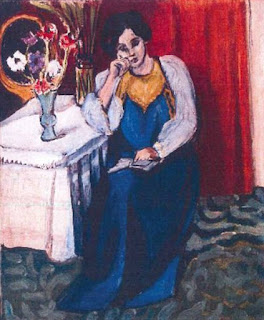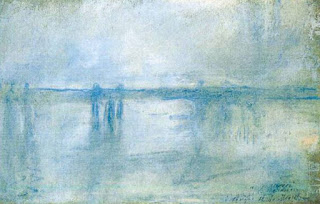Wednesday, July 09, 2014 -  Art Recovery International,art theft,Caracas,FBI Art Crime Squad,Matisse,Stolen Art Recovered,Venezuela
Art Recovery International,art theft,Caracas,FBI Art Crime Squad,Matisse,Stolen Art Recovered,Venezuela
 No comments
No comments
 Art Recovery International,art theft,Caracas,FBI Art Crime Squad,Matisse,Stolen Art Recovered,Venezuela
Art Recovery International,art theft,Caracas,FBI Art Crime Squad,Matisse,Stolen Art Recovered,Venezuela
 No comments
No comments
Matisse's "Odalisque in Red Pants" (1925) returned to Venezuela after FBI recovered it in 2012 in Southern Florida
by Catherine Sezgin, ARCA Blog Editor
Officials in Venezuela welcomed the return on Monday (July 7) of the Matisse painting, Odalisque in Red Pants (1925), believed to have been stolen in 2000 when it was substituted with a forgery at the Museum of Contemporary Art in Caracas (Laura Rojas, July 8, The Art Newspaper ("Stolen Matisse painting returned to Venezuela after more than a decade"):
The Art Newspaper reported last October that the US authorities began repatriation proceedings after the work was certified by a Venezuelan authentication committee and later confirmed by the director of the Henri Matisse Archives in Paris, Wanda de Guébriant.
The Federal Bureau of Investigation (FBI) recovered the painting in Southern Florida in July 2012 and arrested Pedro Antonio Marcuello Guzman, 46, of Miami, Florida, and Maria Martha Elisa Ornelas Lazo, 50, of Mexico City, Mexico, for transporting and possessing the stolen painting.
According to the affidavit filed in support of the criminal complaint, this case was the result of an FBI undercover investigation. According to the allegations in the complaint affidavit, Marcuello negotiated the sale of the Matisse painting, which had been previously stolen from the Caracas Museum of Contemporary Art (Museo de Arte Contemporaneo de Caracas (MACCSI)) in Caracas, Venezuela in December 2002. The painting is valued at approximately $3 million. Marcuello allegedly admitted to the undercover agents during a meeting that he knew the painting was stolen and offered to sell the stolen painting for approximately $740,000.00. As part of the negotiations, Marcuello further agreed to have the painting transported by courier to the United States from Mexico, where the painting was being stored. The courier was subsequently identified as co-defendant Ornelas. According to the affidavit, on July 16, 2012, Ornelas arrived at the Miami International Airport from Mexico City, Mexico, hand-carrying a red tube containing the painting. On July 17, 2012, defendants Marcuello and Ornelas met with undercover agents and produced the Matisse painting titled “Odalisque in Red Pants” from inside the red tube. Upon inspection by the undercover agents, the painting appeared consistent with the original Henri Matisse painting reported stolen from the MACCSI museum. At the conclusion of the meeting, Marcuello and Ornelas were arrested.
In January 2013, Marcuello and Ornelas were sentenced to "to 33 months in prison, to be followed by three years of supervised release. Maria Ornelas was sentenced to 21 months in prison, to be followed by three years supervised release. The defendants pled guilty on October 30, 2012 to charges relating to the transportation, possession and attempted sale of the stolen Henri Matisse painting."


.jpg)




















